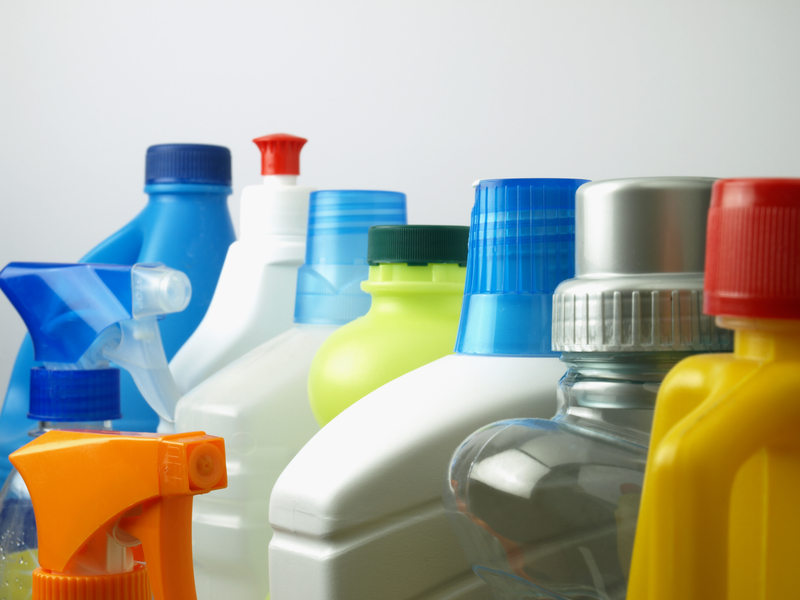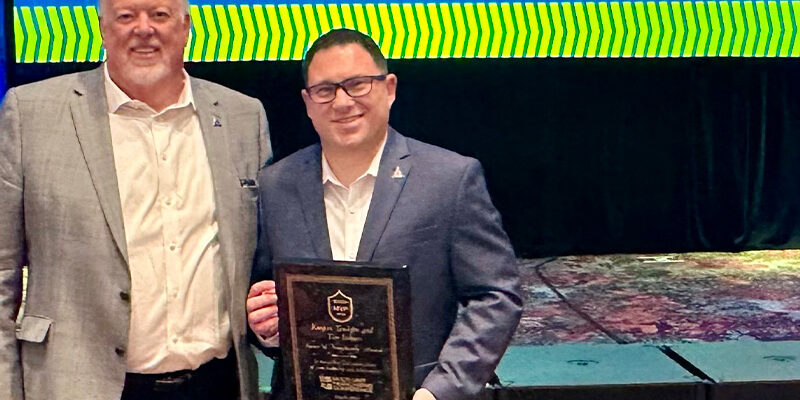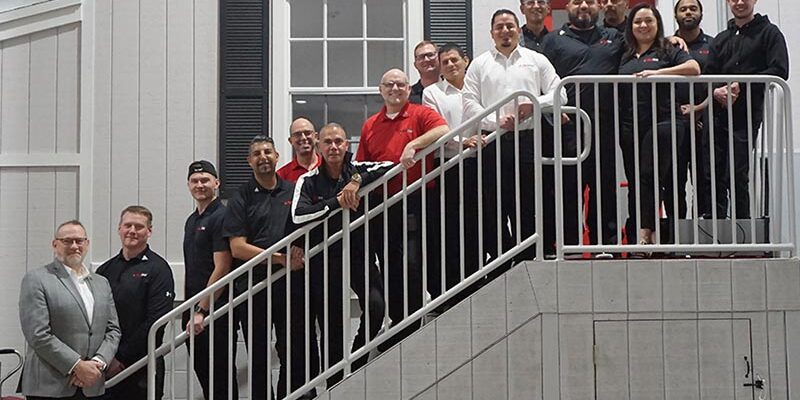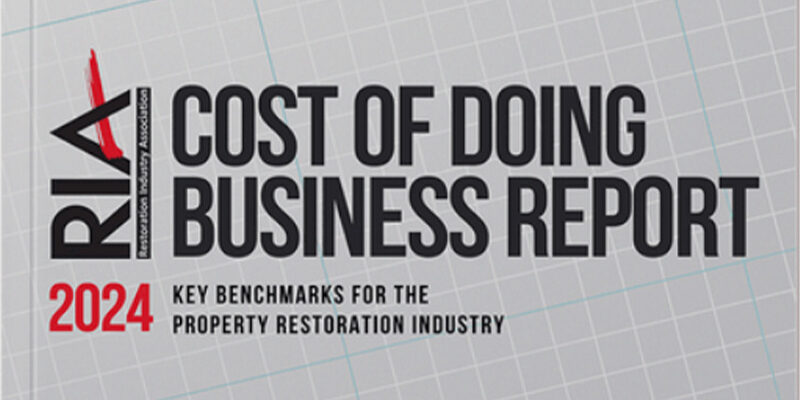What You Need to Know About Disinfectant Labels

Most of us now have a “learn-as-we-use” mentality when it comes to using new products, which is a side effect of technologies like computers, smartphones and tablets.
Typically their “operating manual” offers little information beyond how to turn the machine on and off.
But reading labels in professional cleaning and restoration is imperative, not only for the user’s health, but to protect the health of people and the planet. And some of the most important labels to read are those on disinfectants.
According to Kaivac, Inc., techs need to know what the following terms mean when reading the label on a disinfectant.
Limited Efficacy: This term means the disinfectant is effective against specific microorganisms.
Broad-Spectrum: Also called “General-Purpose,” it means the disinfectant is effective against a wide range of microorganisms.
Hospital or Medical Environment: The disinfectant is effective in eliminating many nosocomial (hospital acquired) pathogens.
One-step cleaner: A one-step disinfectant has been tested in the presence of soil, and if effective, the disinfectant can be used to both clean and disinfect a surface; pre-cleaning may still be needed if the surface is heavily soiled.
EPA-Registered: A disinfectant may not make efficacy claims against pathogens unless the Environmental Protection Agency (EPA) has reviewed and approved data to support them.
Other information a user is likely to find on a disinfectant label includes:
- Active ingredients
- Inert (inactive) ingredients
- Dilution instructions
- Dwell time
- A precautionary statement
- First aid information
- “Under certain conditions” means the disinfectant may or may not be effective based on bacterial count on a surface; the location of the microorganisms, (e.g. flat surfaces, crevices, or cracks); temperature, humidity, water hardness, etc.
“Historically, one of the problems cleaning pros have had reading product labels is that they can vary as to how the information is presented,” says John Richter, technical director at Kaivac. “But as a result of the global harmonizing initiatives, the format should now be the same making them easier to read and understand.”
Kaivac is the developer of the No-Touch Cleaning® and OmniFlex™ Crossover Cleaning systems. Headquartered in Hamilton, Ohio, Kaivac, Inc. delivers complete science-based cleaning systems designed to produce healthy results and outcomes while raising the value of cleaning operations and the professionalism of the worker.












